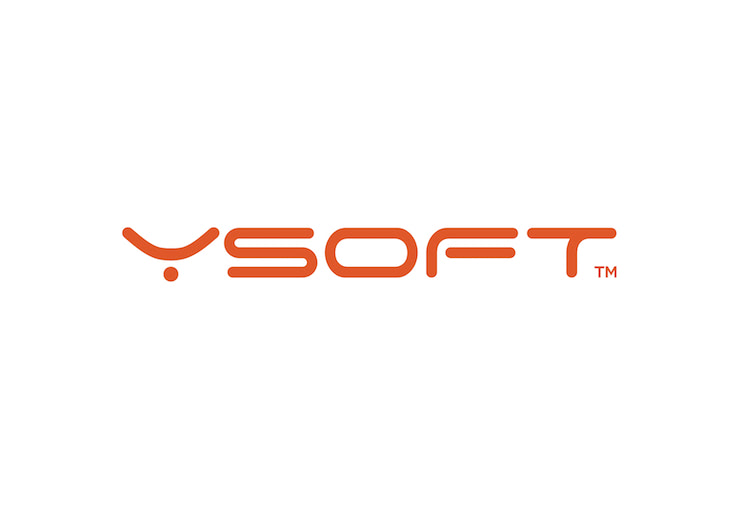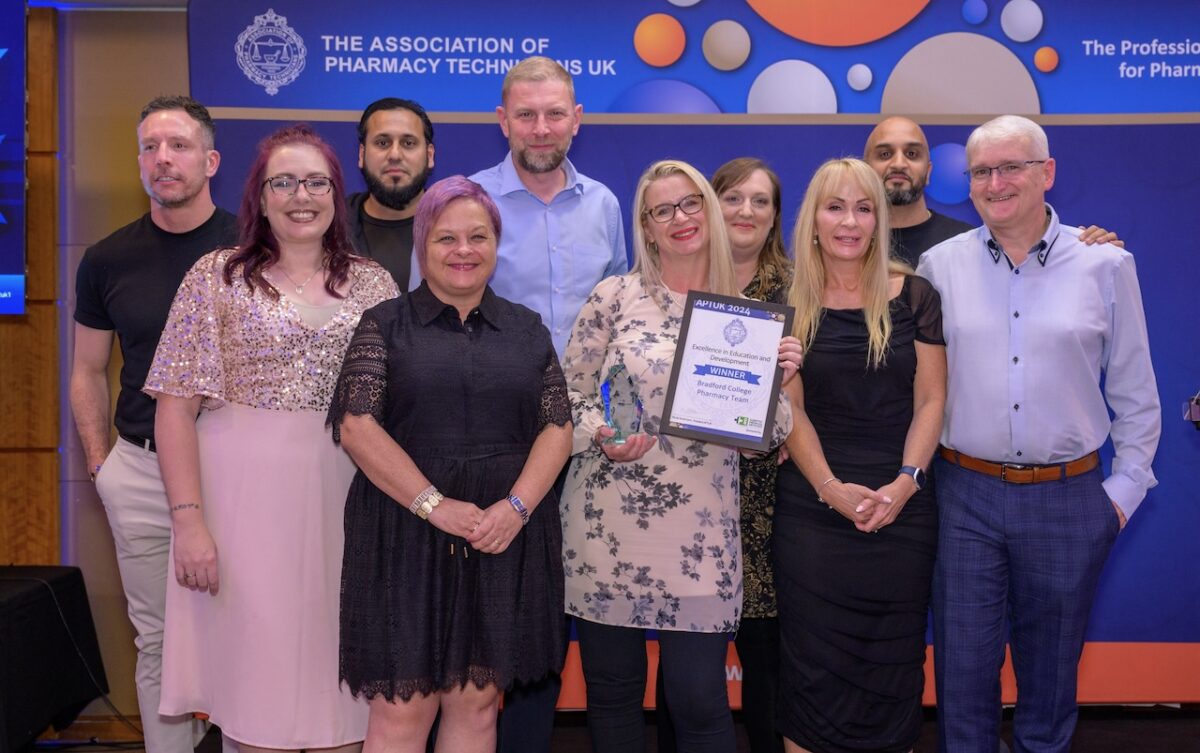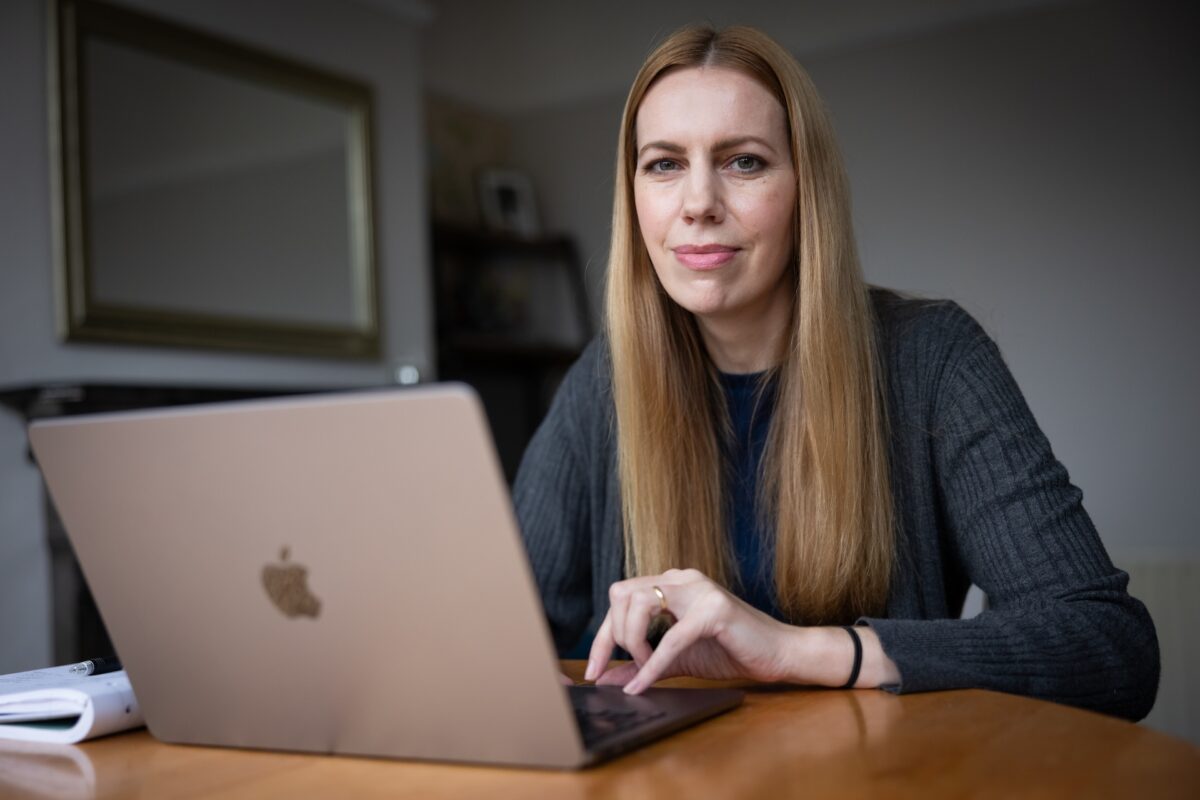87% of educators restrict student access to 3D printers

Educators lack the means to manage printer access, control costs and define curriculum despite recognising the learning benefits of 3D printing
Y Soft Corporation, a leading enterprise office solution provider, today announced the results of an international survey on 3D printing in the education sector. The survey asked 3D printer owners in education a broad set of questions about 3D printing use to ascertain how educators were including 3D technology in their classrooms. Among the results, a shockingly high number of schools, 87 per cent, limit student access to 3D printing.
Respondents overwhelmingly cited motivation, creativity and use of technology with STEAM (Science, Technology, Engineering, Art and Maths) subjects as the reasons their school was bringing 3D printers into the classroom. However, the survey indicated current 3D printers are lacking in three main areas which caused educators to restrict student access or under-utilise them:
- Inability to manage and control access to the 3D printer. Consequently, 3D printers are locked in a room requiring special access, available only during special hours, or worse, the student has to ask the teacher/teacher aid to print the model. Therefore, the 3D printer is often under-utilised.
- Educators are not able to manage 3D printing time and materials costs in order to allocate expenses per classroom or department. Also, in schools where pay-to-print systems exist for paper printing, no similar systems exist for 3D printers.
- Lack of guidance on adding 3D printing to classroom curriculums.
“Educators’ main reason for bringing 3D printing into the classroom is to motivate students in the subject matter and provide a creative means to learn,” commented Vaclav Muchna, CEO and co-founder of Y Soft. “Without a comprehensive solution that addresses access, costs and curriculum, educators and students will not receive the full value of 3D printing when access to the printers are restricted.”
“Educational institutions are challenged to prepare young people for jobs that don’t even exist yet. 3D printing will certainly form part of the technological advancements happening across the world so providing educators with the opportunity to experience and understand this emerging technology can only be a positive move for all involved,” said Mark Yorke, Managing Director, Tablet Academy Ltd.
“We hear from schools that they buy 3D printers, but often lock them up so students and users cannot access them because there is no way to manage access and costs associated with their use,” said Tim Greene, IDC Research Director. “It defeats the purpose of the 3D printer in education which is meant to motivate student learning. In the end, the printer goes unused.”
The survey results were consistent with a one-year study on 3D printing Y Soft conducted in the autumn of 2016 with a Prague-based technical school. As a result of the one-year study, Y Soft enhanced its desktop 3D printer to address the print management, authorised access and accounting needs in what has become its flagship 3D print management solution for education, YSoft be3D eDee. Additionally,
Y Soft teacher workshops have proven to inspire educators and show how 3D printing can incorporate other subjects, particularly STEAM subjects into curriculum projects.
The survey also shed light on positive aspects that are encouraging for the continued growth of 3D printing in the education sector. These include:
- Despite the lack of a full solution and an inability to justify ROI (90%), educators are not ready to give up – 77% indicated an intention to increase or dramatically increase the purchase of 3D printers.
- 3D printing is used primarily for STEM (Science, Technology, Engineering and Maths) subjects but many, 45%, allow students use in other areas as well.
- Adoption of 3D printing is primarily in higher education including university research institutions (55%). This may be due to the fact that there is no mandate as yet to include 3D printing in lower education. However, 23% have introduced 3D printing in primary schools.
The survey, conducted by Dimensional Research, was held in November 2016. Global survey result highlights are available in a 3D Printing in Education Report Card where Y Soft has given educators – and 3D print manufacturers – a pass, needs improvement or fail grade. The full survey report is also available as a download on the Y Soft website.
Y Soft will be showcasing its 3D print management solution, YSoft be3D eDee, at the BETT London 2017 exhibition in collaboration with its partner Tablet Academy. The Tablet Academy stand (number B160) will also hold a series of Y Soft-led hands-on 3D printing workshops. More information about Y Soft at BETT can be found at http://tablet-academy.com/bett/.
About Y Soft: Y Soft provides intelligent enterprise office solutions that help build smart business. Our YSoft SafeQ workflow solutions platform is used by corporations and SMB organizations to manage, optimize and secure their print and digital processes and workflows. Our 3D print solutions are focused in the Education sector where they provide unique workflow and cost recovery benefits.
Founded in 2000, the company is headquartered in Brno, Czech Republic, with offices in North and Latin America, Europe, Middle East/Africa (EMEA) and the Asia Pacific region (APAC). For more information, please visit www.ysoft.com.











Responses